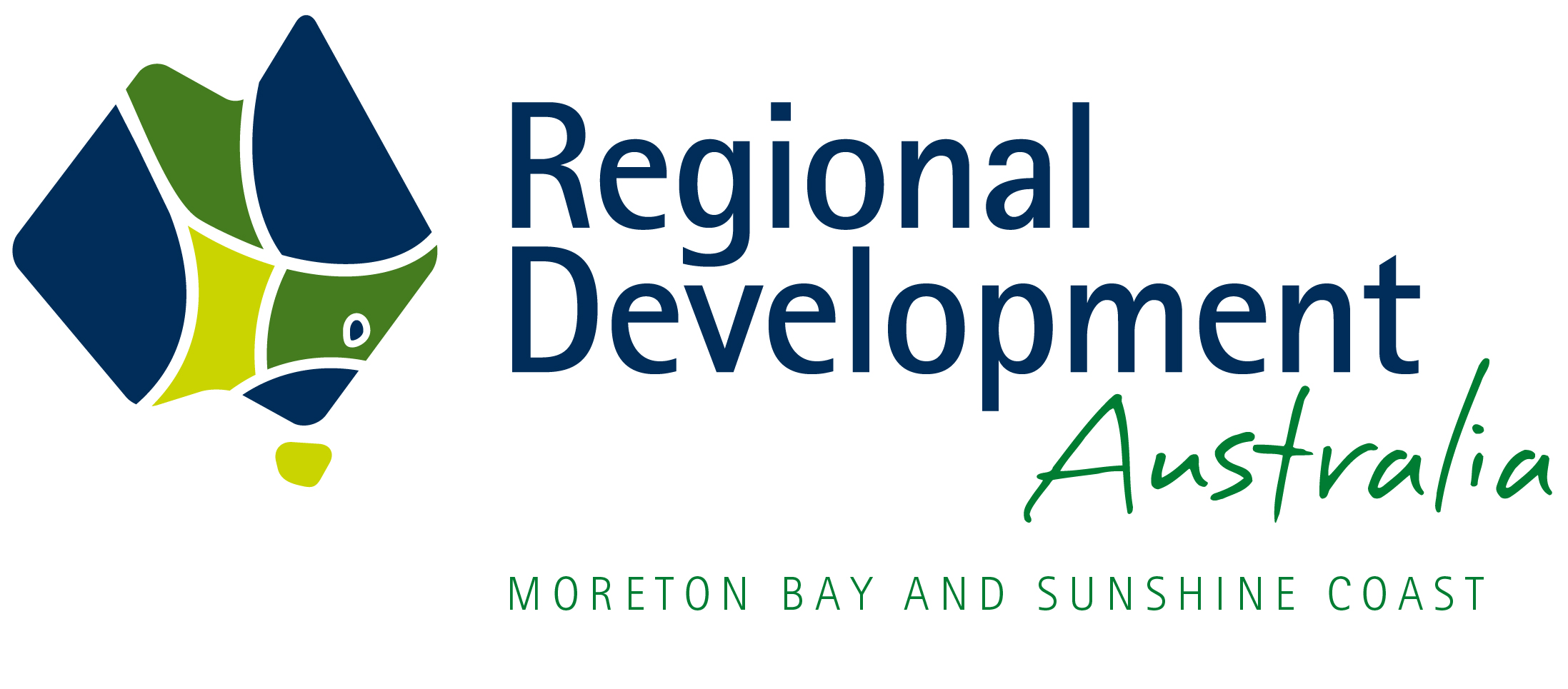RDA Sunshine Coast CEO Russell Mason takes a guided tour of South Korea’s Smart Work Centres during a visit to Seoul in July.
South Korea is leading the way in providing a work-life balance opportunity for its population, with a focus on its female workforce, through a network of Smart Work Centres (SWC) around its capital city Seoul.

The aim is to encourage women to continue participating in the workforce while having time to raise a family. This is a twofold strategy as it is also aimed at managing South Korea’s population decline while increasing productivity and female participation in the workforce.
Already, the Seoul Metropolitan Government has established 12 SWCs which are located close to facilities such as a train station, kindergarten and early child care.
The SWC program also aims to reduce the amount of hours spent at work and increase productivity. Its ambitious goal is to change the work culture of South Korean employees by enabling them to move from an office-based environment towards an ‘anywhere worker’ style environment using the country’s blisteringly fast high-speed broadband.
The local Mayor is supporting this project by providing some of his managers the opportunity to experience this option so they can then promote it among their staff.
Key benefits are:
- social wellbeing (more time for families)
- economic (reduced travel time and fuel costs)
- environmental (reduced carbon footprint).
The national Ministry of Security and Public Administration also operates 14 SWCs for government employees across South Korea, with plans to expand to 50 centres by 2017.

Facilities include:
- Integrated data centres
- Cloud-based computing system
- Video conferencing, with high connectivity across Korea
- Secured areas for public and private sector zones (accessible using a biometric reader)
- Common areas such as cafes and lockers.
Management of these centres is outsourced to a private sector company which also operates its own independent SWCs across South Korea.
The program, which started in 2011, is currently being reviewed to assess the number of people using SWCs, as well as staff satisfaction.
The reasons for implementing Smart Work Centres were:
- Changes in Korean society – increased female workers led to a decline in the birth rate
- Low carbon green growth (Korea was ranked 7th in the world in greenhouse emissions in 2010).
Read more in the article, A lesson on telework from South Korea



